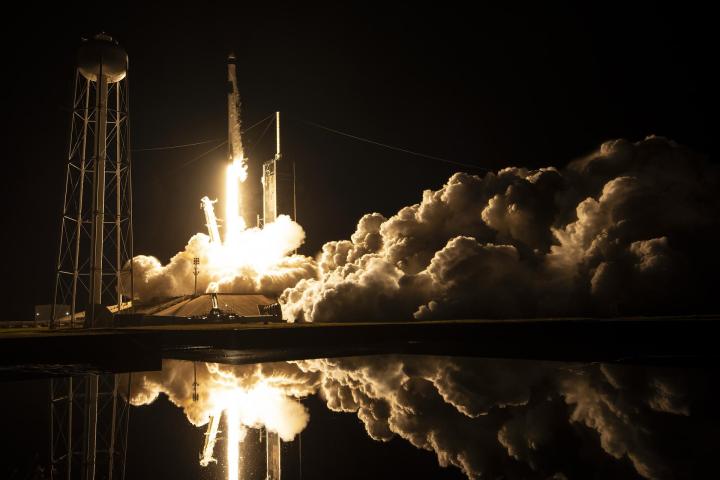Today will see the launch of not only a group of astronauts visiting the International Space Station (ISS), but also an uncrewed cargo mission sent to resupply the station. Scheduled for 4:55 p.m. ET on Thursday, March 21, a SpaceX Cargo Dragon will launch from Space Launch Complex 40 at Cape Canaveral Space Force Station in Florida. The cargo ship is expected to arrive at the ISS at 7:30 a.m. ET on Saturday, March 23.

Onboard the Dragon will be food and supplies for the crew on the International Space Station, as well as a variety of scientific experiments to be performed in orbit.
Among the science being sent to the space station is an experiment into plant metabolism in space, looking at how two types of grasses photosynthesize while in the station’s microgravity environment. The idea is to not only learn about the biology of plants and how they operate in space but also to develop future ideas for life support systems that could use plant-based technology to do things like remove carbon dioxide and provide oxygen for astronauts in space.
A further experiment is a new scanner for the Astrobee system, which consists of three cube-shaped robots that help around the station. The Multi-resolution Scanner payload will enable the Astrobees to perform tasks like 3D sensing and mapping as part of a test of such systems for future use on planned stations like the Gateway lunar station.
Another experiment, named Nanoracks-Killick-1, is a university project from the Canadian Space Agency. This will be used to take measurements of the Earth from space, looking at sea ice thickness to understand the changing ocean as part of climate change research.
If you would like to watch the launch of this cargo resupply mission, NASA will live-stream it. The coverage begins at 4:35 p.m. on Thursday, March 21, ahead of the launch at 4:55 p.m. ET. You can watch by heading to NASA’s YouTube page for the launch or by tuning in using the NASA+ app, which is available for smartphones and smart TVs.
Editors' Recommendations
- Here are the new spacesuits astronauts will wear for tonight’s Starliner launch
- Junk from the ISS fell on a house in the U.S., NASA confirms
- These 3 companies are developing NASA’s new moon vehicle
- Around-the-clock 4K Earth imagery to be streamed from ISS
- Crewed Soyuz launch to space station suffers rare late abort



